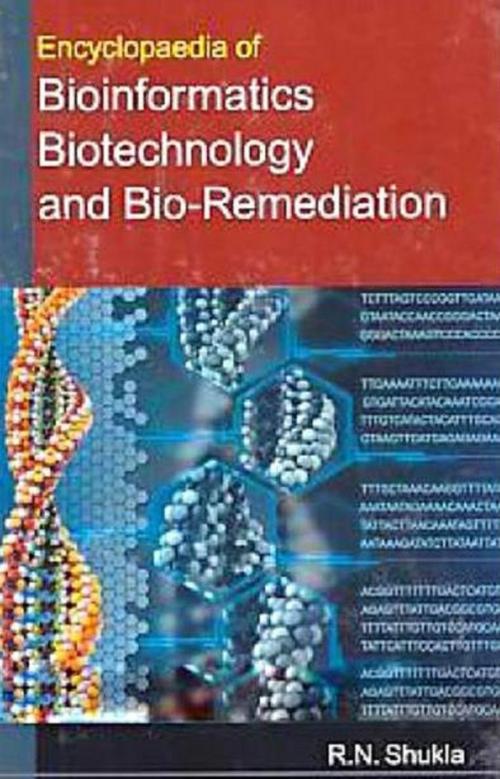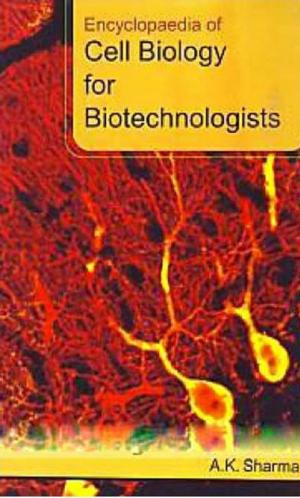Encyclopaedia Of Bioinformatics, Biotechnology And Bio-Remediation
Nonfiction, Science & Nature, Science, Biological Sciences, Biotechnology, Computers| Author: | R. N. Shukla | ISBN: | 9789387846173 |
| Publisher: | Anmol Publications PVT. LTD. | Publication: | June 30, 2013 |
| Imprint: | Anmol Publications PVT. LTD. | Language: | English |
| Author: | R. N. Shukla |
| ISBN: | 9789387846173 |
| Publisher: | Anmol Publications PVT. LTD. |
| Publication: | June 30, 2013 |
| Imprint: | Anmol Publications PVT. LTD. |
| Language: | English |
Molecular evolution gives rise to families of related proteins with similar sequence and structure. However, sequence similarities can be extremely low between proteins that share the same structure. Protein structures may be similar because proteins have diverged from a common ancestor. Alternatively, some folds may be more favoured than others as they represent stable arrangements of secondary structures and some proteins may converge towards these folds over the course of evolution. The majority of genomic proteins, two-thirds in unicellular organisms and more than 80% in metazoa, are multidomain proteins created as a result of gene duplication events. Many domains in multidomain structures could have once existed as independent proteins. More and more domains in eukaryotic multidomain proteins can be found as independent proteins in prokaryotes. The present book deals with all the important dimensions of this subject. It is a valuable reference source for all those concerned with this subject.
Molecular evolution gives rise to families of related proteins with similar sequence and structure. However, sequence similarities can be extremely low between proteins that share the same structure. Protein structures may be similar because proteins have diverged from a common ancestor. Alternatively, some folds may be more favoured than others as they represent stable arrangements of secondary structures and some proteins may converge towards these folds over the course of evolution. The majority of genomic proteins, two-thirds in unicellular organisms and more than 80% in metazoa, are multidomain proteins created as a result of gene duplication events. Many domains in multidomain structures could have once existed as independent proteins. More and more domains in eukaryotic multidomain proteins can be found as independent proteins in prokaryotes. The present book deals with all the important dimensions of this subject. It is a valuable reference source for all those concerned with this subject.















